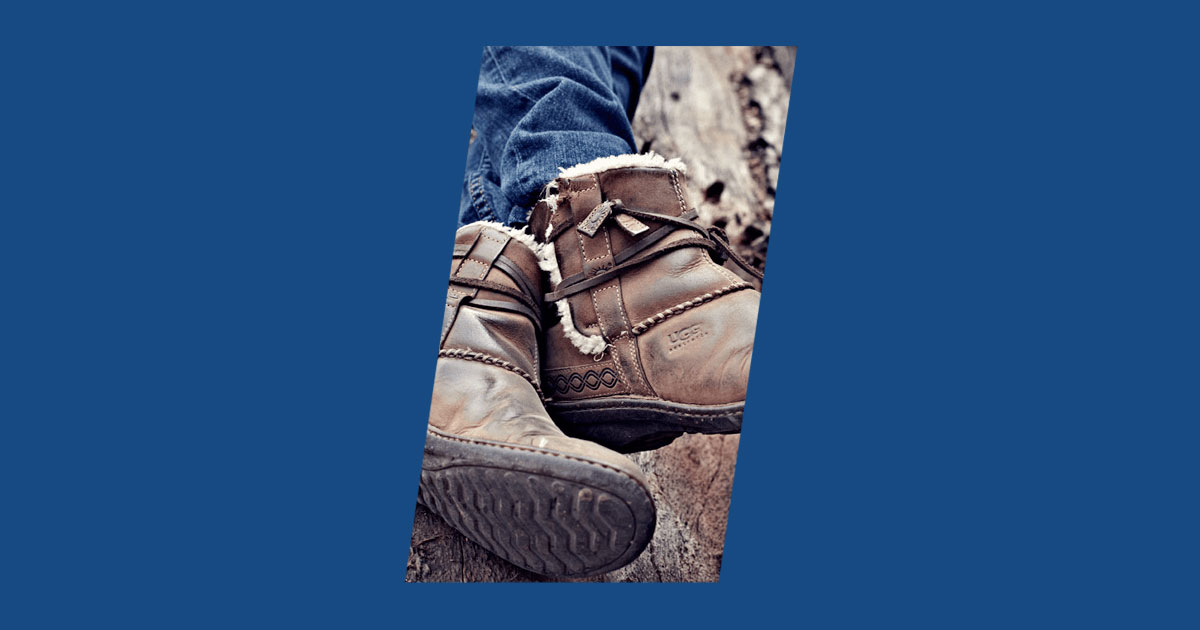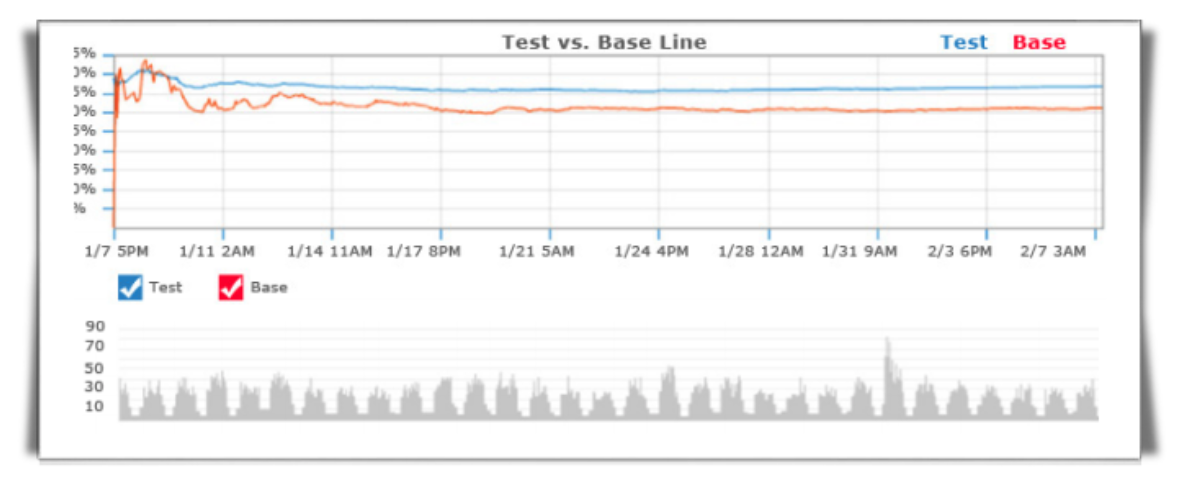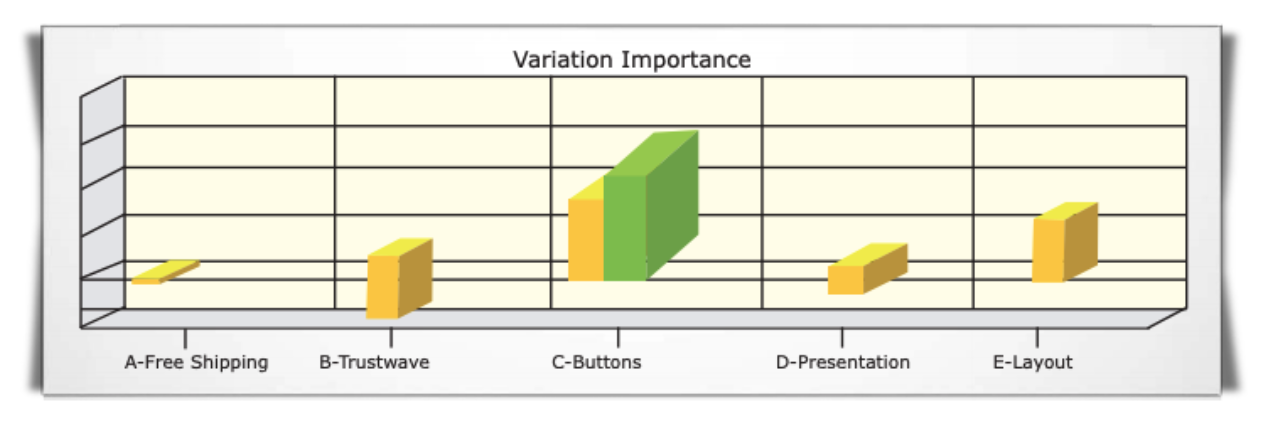Brand Image & Multivariate Optimization with UGG Australia [Case Study]

The Deckers brand began in 1973 when a University of California at Santa Barbara student began crafting and selling sandals at local fairs along the West Coast. Since then, Deckers has grown into a multi-national company with six lifestyle brands: UGG Australia, Teva, Sanuka, Mozo, Ahnu, and Tsubo.
Deckers considers both brand development and an emphasis on innovative product design to be 2 keys to their success as a brand. In this spirit, image often trumped optimization recommendations for web development, since these recommendations were based solely on data and did not evoke the emotional connection that Deckers has built with consumers.

When the Deckers team wanted to begin optimizing their eCommerce sites for improved revenue performance, they needed control over their brand image while also providing the performance benefits of multivariate testing.
The Challenge
The challenge was to optimize all the critical steps in the UGG sales funnel, including product detail pages, the cart, shopping, billing, and place order pages. Below are the elements that were targeted.
- Free Shipping Banner – Should the banner be more visible?
- Main Navigation – Does a main navigation pane help or hurt conversions on shopping cart pages?
- Trust Badge – How useful are trust badges?
- Checkout Button – Should we make the button more visible, and should we use it to skip steps in the checkout process?
- Presentation – Can we better present the cart content?
- Layout – Which layouts are most effective?
Real-Time ROI
During the optimization campaign, Deckers achieved statistical significance and a +2.4% cumulative lift even as the algorithm was still learning. It tested a variety of combinations until it found a page combination which resulted in a lift of +14.73%.

Actionable Behavioral Insight
In addition to a significant boost to conversion rate, the Deckers UI team gleaned insights into the importance of the elements in the optimization experiment. This report revealed unique preferences of web visitors. For example, the single biggest contributor to conversion lift came from a very small change in the look, feel, and functionality of the checkout button.

Keeping Track of Page Elements
Understanding how different page elements perform over time is equally as important as the revenue lift itself. Adaptive optimization detects and adapts to changes while always finding a page combination that performs the best.



